The electronics miniaturization
What does it mean electronics miniaturization?
The miniaturization is an industrial process started about ten years ago that allows to electronics to enter in every aspect of our daily life. Before the spread in the society and the market, the electronics miniaturization already played a key role in military and industrial sector.
Later, the community has been in touch with a series of industrial products that have revolutionized some fundamental areas of human experience such as space exploration, communication and data processing.
Telephones and tv receivers are just the two most obvious examples of a long series of transformation that have made our devices more transportable and flexible. We can assert that our interaction with the world inevitably passes from the experience of using these devices, therefore from the revolutionary action of the miniaturization process.
The miniaturization is a sector in fast evolution. The application of microelectronic techniques is in fact an essential solution to meet the increased technological performances requested from different markets. To make the components smaller and lighter is essential especially when their destination is medical equipment that, for example, they need to complete tiny technologies to defend comfort and health of patient.
How does the miniaturization of components take place?
To miniaturize means to adopt the concept of circuit design. The circuits are designed with methods and procedures that have the purpose of (1) to make the electronic components denser in the most condensed space possible, (2) to apply an efficient distribution of components in order to create more space and reduce their total number.
The increase of density requires the realization of lines of conductive and insulating material that will be very thin to avoid short circuit. The engineering challenge is therefore anchored to the knowledge of the limits of production processes and of materials included in the process in question.
What are the main applications in electronics miniaturization?
• Medical sector, especially in devices that are worn or implanted in patient’s body and which it’s therefore extremely essential to minimize in shape and size;
• Telecommunication, mainly for next generation fiber backhaul structures that support 5G technology;
• Information technology, in creation of chip and processor for devices with smaller dimension;
• Industrial, with a special focus on those who use robotics systems, in particular robots that performs precision movements. If the industrial IoT applications require sensors and controllers, the use of miniaturized electronic components allows the functioning of these technologies in industrial systems without using too bulky machines.

